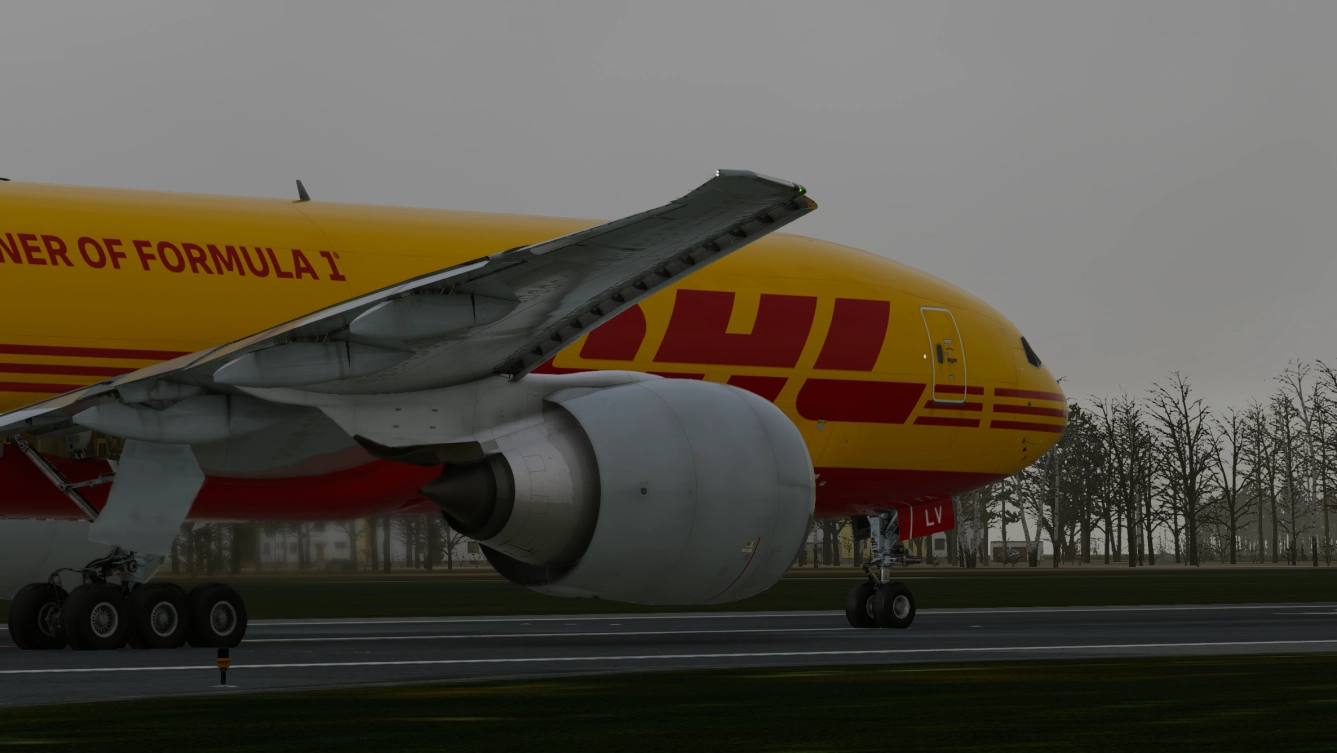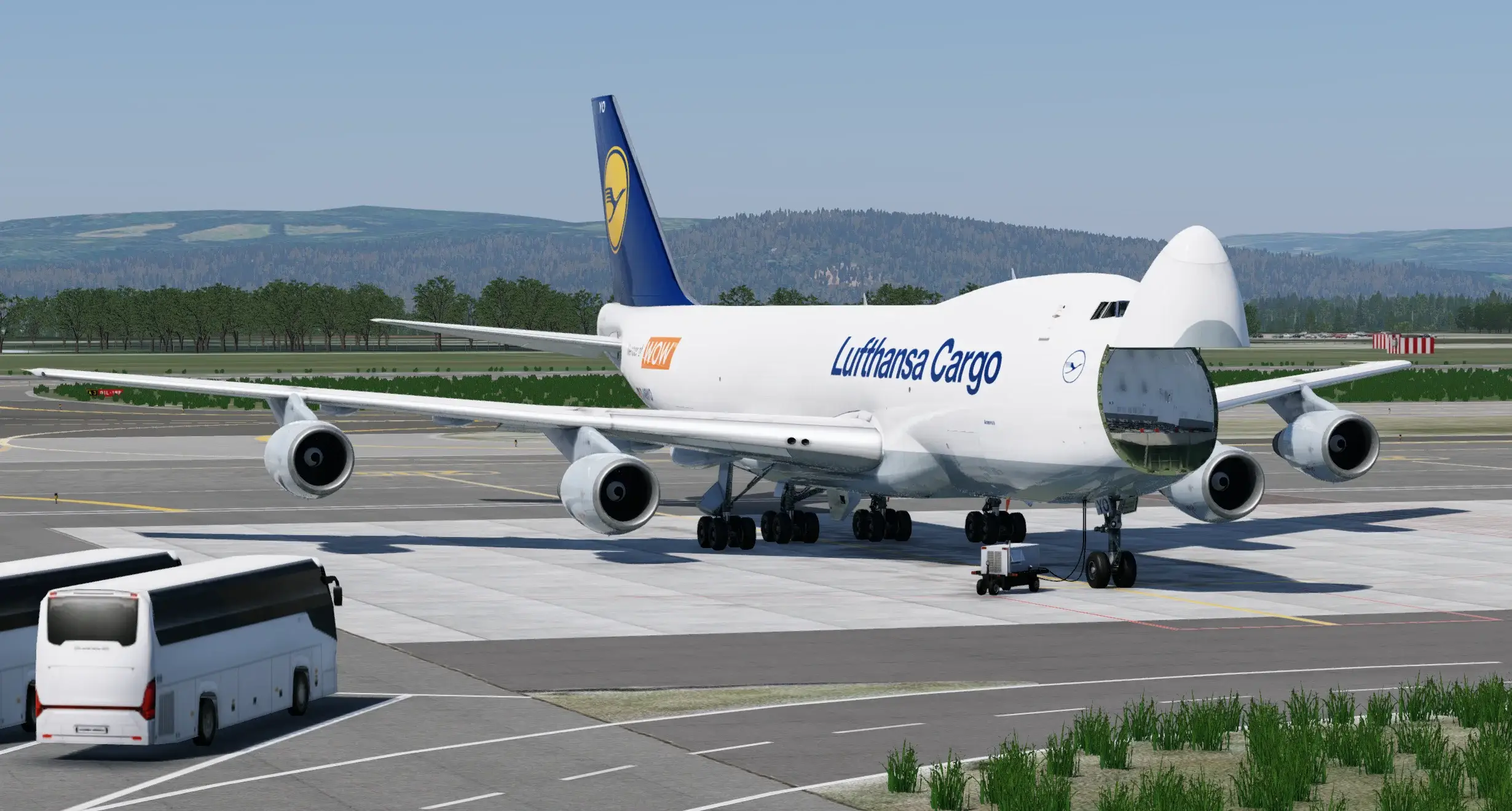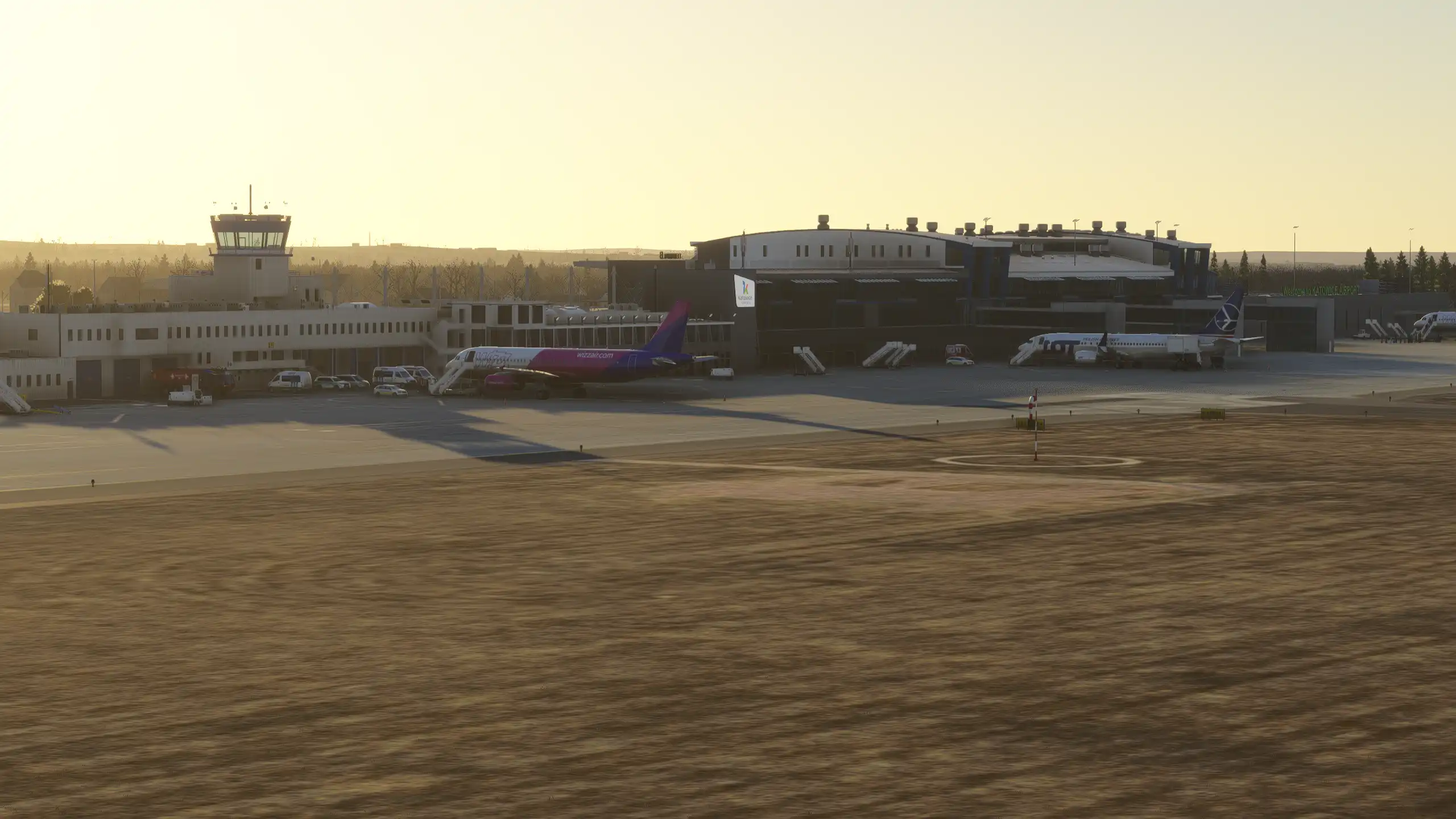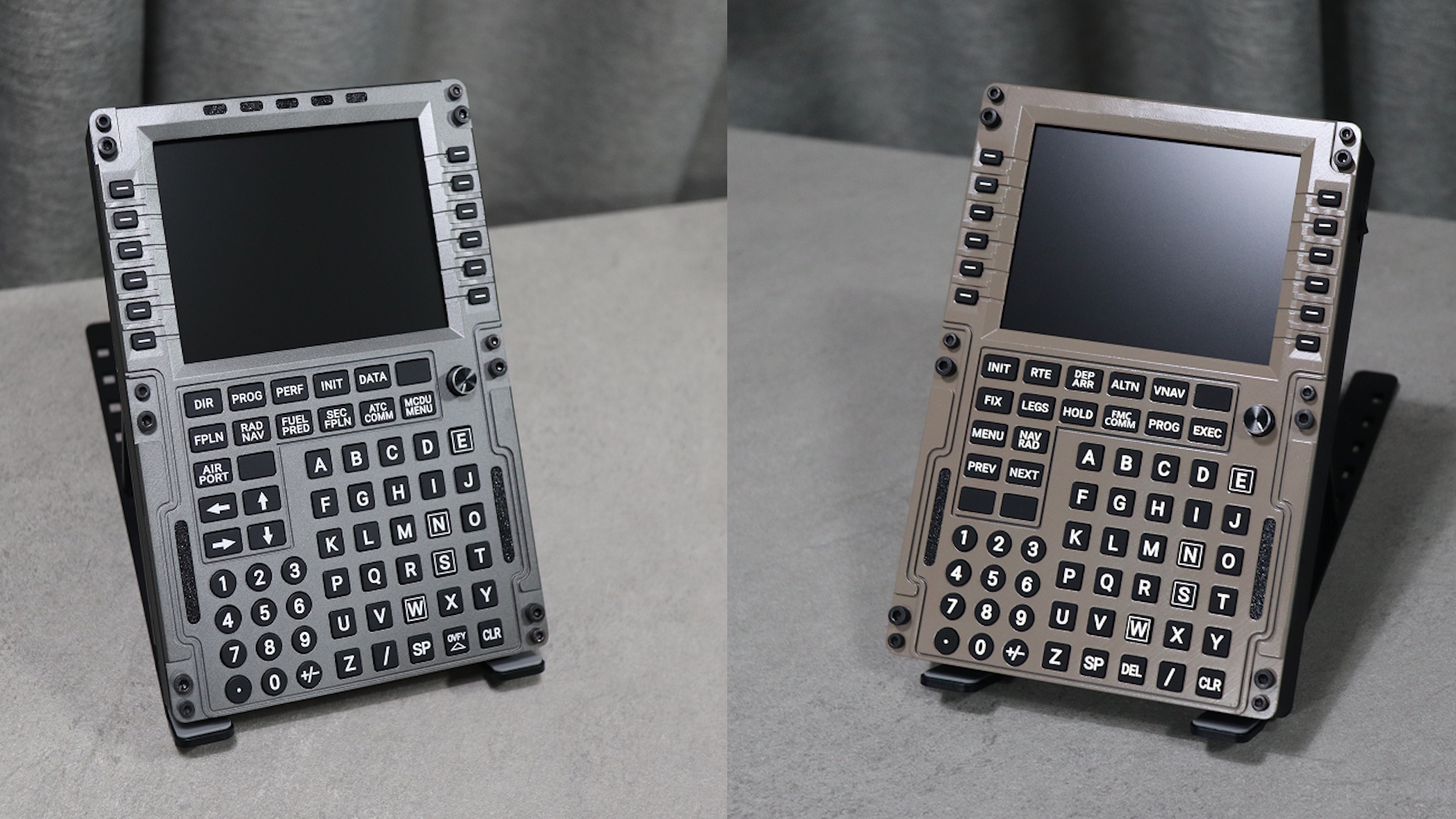Threshold Glance: BigRadials Nieuport 17
September 4, 2021
Big Radials has been a new player in the MSFS scene, starting out around the beginning of this year with the launch of their P-40B Tomahawk. Despite their newcomer status, their products speak of a veteran team who’s deeply rooted in development for a couple of years already. Their first release garnered much adoration and relations from other developers and users alike.
This little side project, the Nieuport 17, is meant to be a more fun and lighter take on flying in the face of all the buzz thrown around with complexity and realism - despite that, the Nieuport 17 is no slouch in the quality and immersion department, Big Radials has definitely put in the same amount of effort and dedication to painstakingly replicate this antique bird. Due to its relative simplicity in comparison to other products we've reviewed, this will be the first of our Glance reviews - a more condensed, less thorough "first look" format. Right, let's hop into it!
The Nieuport N17 is a sesquiplane fighter that was manufactured by Nieuport during WW1. “Sesquiplane” means that the two biplane wings are unequal in size. Essentially wooden in construction, the airplane is powered by the Le Rhone 9J, which may be considered a forerunner to ”true” radial powerplants. No flying originals survive, but being a favourite of replica builders, it’s only appropriate for Big Radials to bring us a digital version in MFS.

Installation is a simple matter of dropping the product folder in the Community folder. A colorful and well-written manual may be found inside. It covers the history of the airplane, some configuration issues, the cockpit interfaces and normal flying procedures.

Big Radials have done a very nice job capturing the unique feel of the N17. The wooden construction is something practically never seen in today’s regulatory environment, on non-museatic aircraft anyway. At times, I felt like I got a glimpse of what Snoopy the dog must have felt like, dreaming of flying one of these old codgers. Albeit Snoopy’s airplane was a Sopwith Camel (featured back in Flight Simulator for Windows 95, by the way), but it really gives you the WW1 pioneer feel.
The some is true inside, where the materials masterfully capture the rustic feel of the airplane, complete with French instrument labels. The aircraft doesn’t have much in terms of bells and whistles, but personally, I think that gives it all the more soul. This is a bare-bones, low-tech airplane, suited for a low-tech kind of guy like me.

Complementing the graphics, this thing has some of the best sounds I've ever heard in a home sim. Although there are some problems with the idle loops, the overall sonic presentation is delicious, as the engine sputters and coughs like there’s no tomorrow. More character than the PMDG DC-6, to be honest. As mentioned, on idle power, the sound loop is far too apparent, but this should be relatively easily fixable.
Flight model wise, this is a fun piece of kit. The MFS airmass physics work wonders as the airplane is thrown around. Can’t tell if the real one is this unstable, but it’s supremely tactile and lively. Of course, in a normal desktop setup, you don’t have real feel, but it’s loads of fun to see the reactions to both external perturbations and pilot inputs being represented with such liveliness.


There are quite a few clickable items in the cockpit. This includes a notebook that can be used to set a few options, such as whether the airspeed indicator displays km/h or knots, or whether to display or hide a VHF radio stack and associated transponder, There’s also a so-called blip switch, used on the approach to transiently cut fuel to the engine to attain a setting below flight idle, as you will typically have too much kinetic energy to land even with the throttle pulled to flight idle. If you mismanage this switch, you can shut down or damage the engine, so be careful.
Overall, this airplane just screams fun! It’s not every day you stumble upon a rather painstakingly recreated WW1 fighter, so kudos to Big Radials for succeeding with their goal. Little idiosyncrasies like the pre-Kollsman non-precision altimeter that only displays pressure altitude (QNE, with a reference pressure of 29.92 inHg/1013.2 millibars) so you’ll have to do some mental gymnastics to figure out your actual altitude, do a great deal to complete the picture. And the awesome sounds are no wonder, as they were sourced from a real replica that uses a real Le Rhone 9J engine. For approximately $16, this one is a definite keeper!
Share this page
COMMENT ADVISORY:
Threshold encourages informed discussion and debate - though this can only happen if all commenters remain civil when voicing their opinions.












